Human civilization is going through one of its darkest and most challenging phases. The days are dotted with unprecedented threats and nights with uncertainty. The coronavirus pandemic blew things out of proportion, pushed us to the brim, where fighting for survival is the only way out.
Besides health and life, business, too, suffered through a lot of brutal blows. When the world was on the verge of returning to everyday life, the second wave struck. It ruined things with a more significant impact. Repeated lockdowns and forbidden movement affected supply and hit revenue generation like never before. The damage was pretty the same for brands across the globe.
Despite all, there is hope, and that’s what I will be discussing elaborately here. Robert Kiyosaki, Founder, Cashflow Technologies Inc., said, “When times are bad is when the real entrepreneurs emerge.” There’s oozing positivity in these lines, and it’s real. We need to push through the limitations; that’s how we overcome them!

Marketing In 2021 – Reimaging Marketing In The Next Normal Trying To Survive In A Changed Business Ecosphere
Any given crisis hurts the market – consumer behavior. The pandemic triggered by covid19 created an enormous dent in trade and commerce across the world. Brands and marketers working for them are on their feet, trying to find ways to sail out of this crisis.
Businesses of varying size and age faced unprecedented challenges. They had to ensure the safety of their employees and consumers, modify business operation and management complying with government policies. Besides these, brands had to support the activities with cash and other liquid assets.
Different lockdown norms restricted the movement; it affected supply, purchase volume and related elements. A lot of people also lost their jobs due to the pandemic. There was a decline in purchase resulting in lesser sales volume and revenue.
What caused this change was a few dominating factors.
The inevitable and enforced lockdown affected the livelihood of many. While the enterprises are struggling to survive, smaller ventures and industries suffered significant loss. It even led to the closure of such businesses. It affected the livelihood of many and marginalized their purchasing power. It directly affected demand in a chain reaction.
Consumers made more conscious purchasing decisions; they tried not to spend their money on anything they are not sure about. They opted for value-based products and services and online shopping experiences. Consumers moved to online platforms and apps for their everyday essentials and luxury buys.
There was a restriction on the movement of public transport during the lockdown, but even after unlocking, people tried to avoid it. Demand for online service platforms surged high, to unexpected heights, and they switched to remote working or working from homes.
Covid19 triggered an economic and social crisis that severely affected consumer demand.

Potential Brand Revival Strategies
You cannot avert a crisis and other challenges, but you can surely overcome them. In the face of a notorious situation, you need to be your strongest self and cut through it. You must commit to bold decisions and execution of the same. The covid19 pandemic and its impact on business is not something that you cannot overcome.
Ian Davis, a Managing Partner, McKinsey, was recently quoted in an article – “The New Normal”, “For some brands, near-term survival is the only agenda.” He elaborated on the finer details, but it stroked me hard because that’s a brutal truth. Survival is the only goal but stopping there isn’t. The article has meaningful implications for marketers. Brands need to revive; otherwise, they will not stand a chance in the grim market condition. So here I will be elaborating on a few central mechanisms that can make it happen. Stay glued!
Firstly, you need to harness the power of digital platforms and technology. The internet is accessible to almost every corner of the world, by everyone. That’s the best way to reach the mass, and you have a broader market than you could ever wish for. Why not use these platforms and transformational technologies to connect with customers – existing and potential? Build a complementing infrastructure, even a new team for the groundwork is good, to serve demands through digital channels and apps. Try digital transformation through technology, communication, data, the internet of things, AI, and exclusive networking.

Secondly, you must pick up accurate data, analyze them correctly, and use it quickly, responsibly and effectively. Data is the key to creating compelling brand strategies, both for sales and branding exercises. Business automation solutions are ideal for making this happen; specifically, a CRM solution will be the best one to serve this purpose. When you implement CRM software, it fetches data from regular interactions, analyzes flawlessly, finds real consumer needs. It also predicts market and product trends. You can use this for offering what the market would need and cash such opportunities.
Thirdly, what matters are not exclusive products but trustworthy products that meet consumer needs. It is essential, especially when you want to create brands they trust. Invest in good image building exercises because the messages they send are very effective in building your brand image.
Fourthly, if you want to find a perennial market demand, you will have to be a bold brand. By this, I mean, as a brand, you need to stand up for a cause that makes a real difference and act on it. When you start doing this, you will begin writing a new future for your brand.
Fifthly, localize your operations and consumer experience. The idea of exported products is not as effective as offering something of their own. Frequent lockdowns have boosted the idea of enjoying local products and experiences. You are restricted to a specific area, so are the producers, sellers and buyers. There are a good number of brands that have benefitted by localizing their marketing exercises.

Social media connected people from different pockets of the world. Similarly, online platforms, technology and digital avenues joined the business to consumers during the pandemic. Whether digital or physical, you must keep supplying to meet the demand. The current situation favors digital or online services, though. The trends and indicators commit to a promising future if you are willing to take that leap of faith and transform your digitally. Trust me; now people prefer home entertainment and home deliveries!

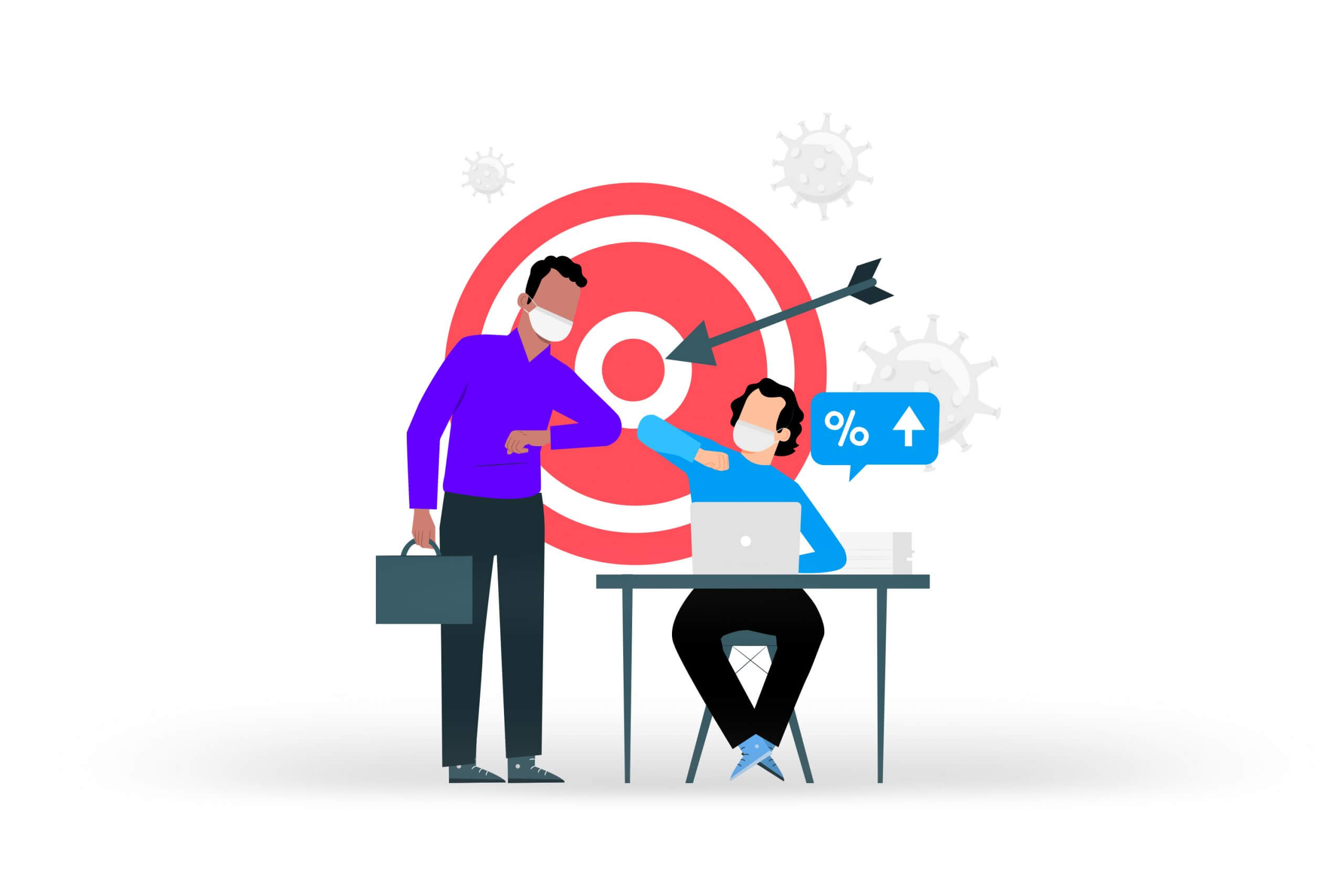


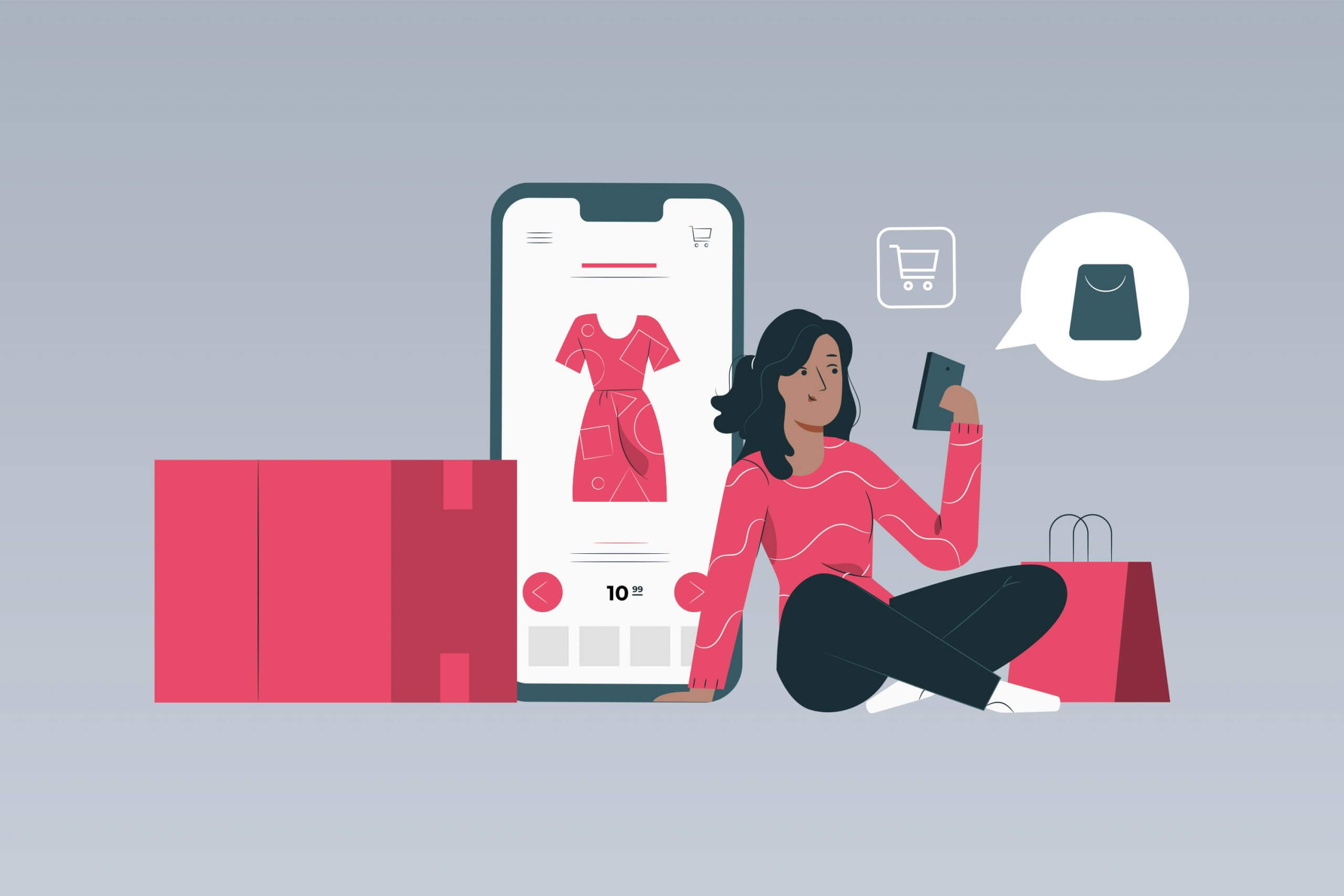

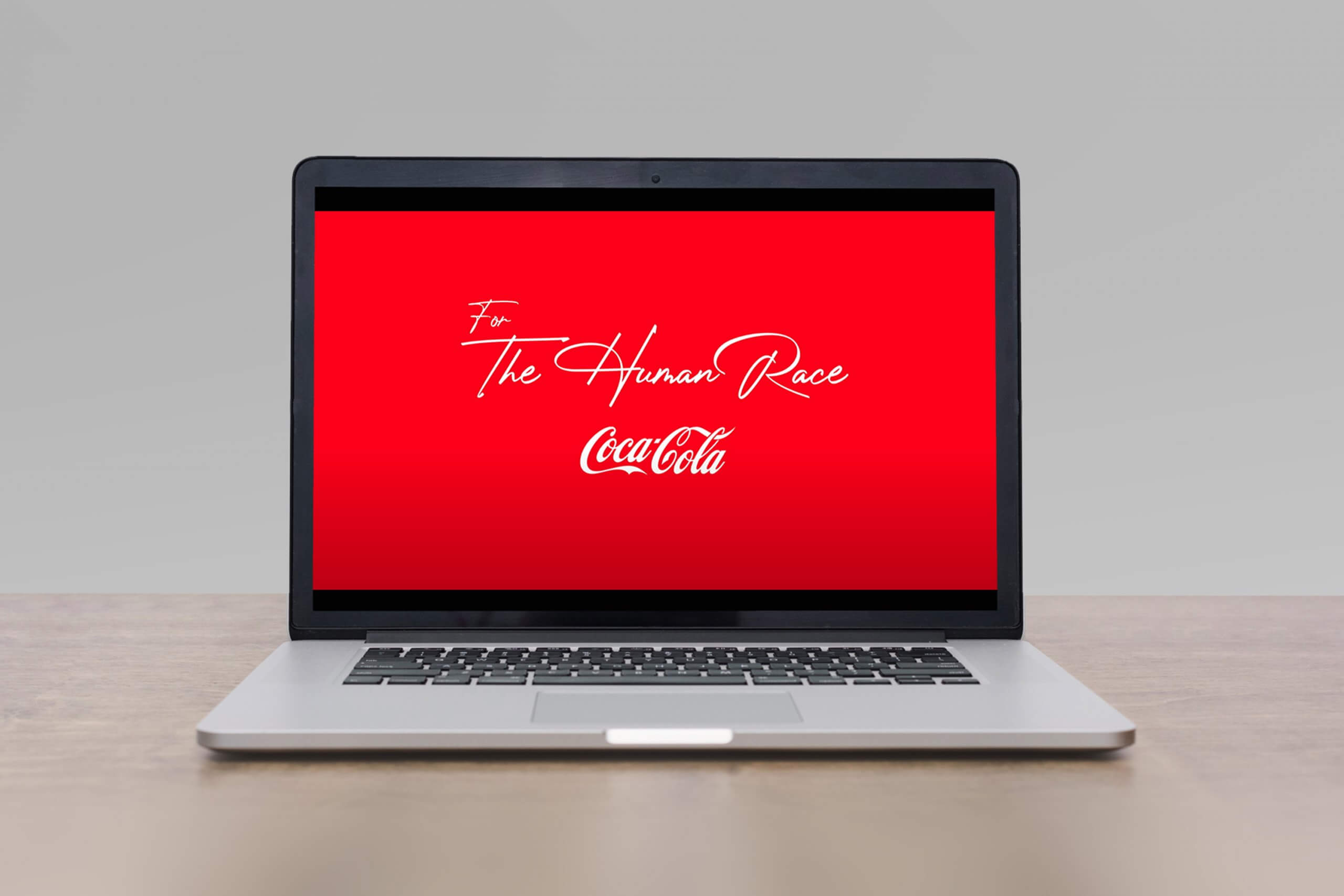
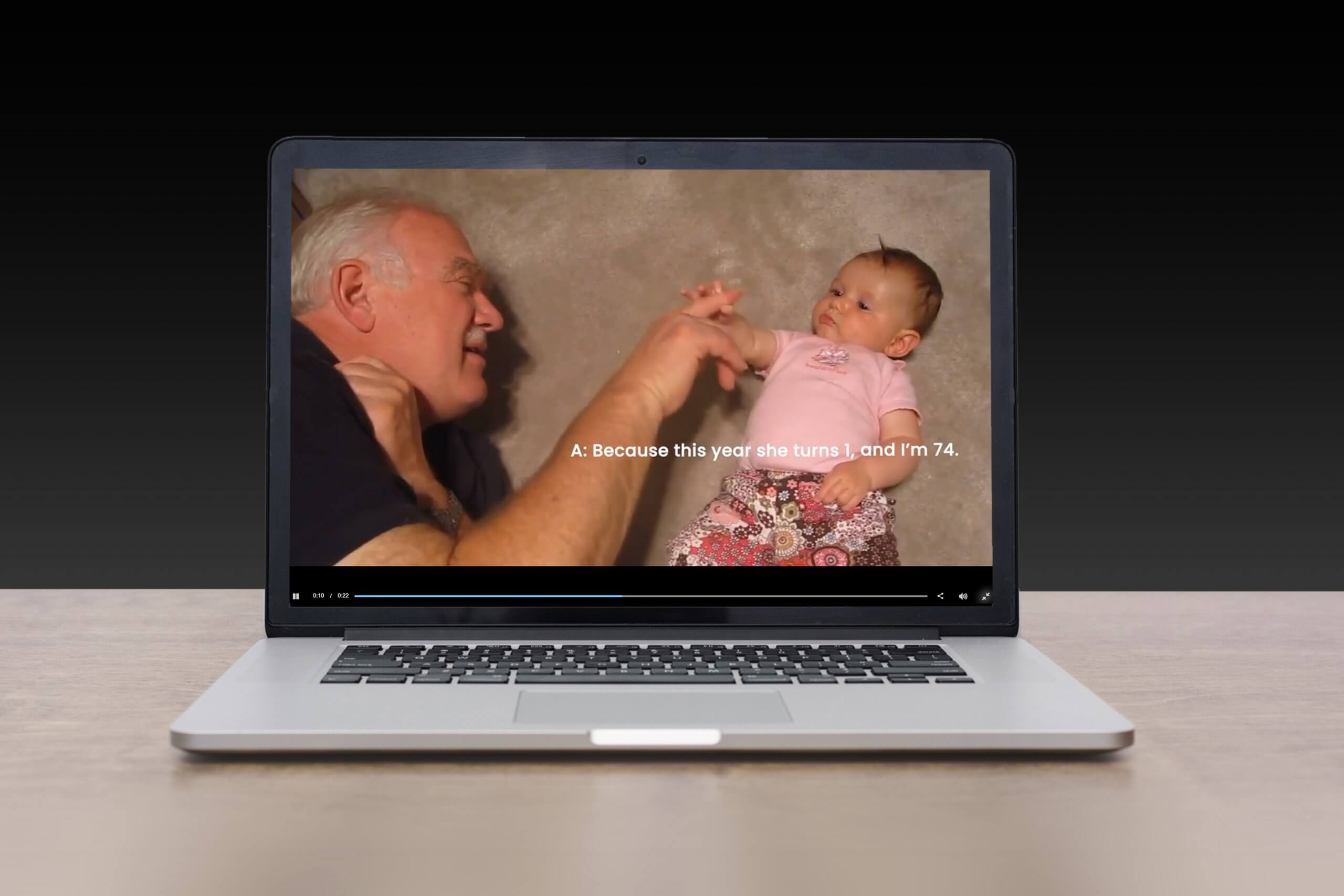
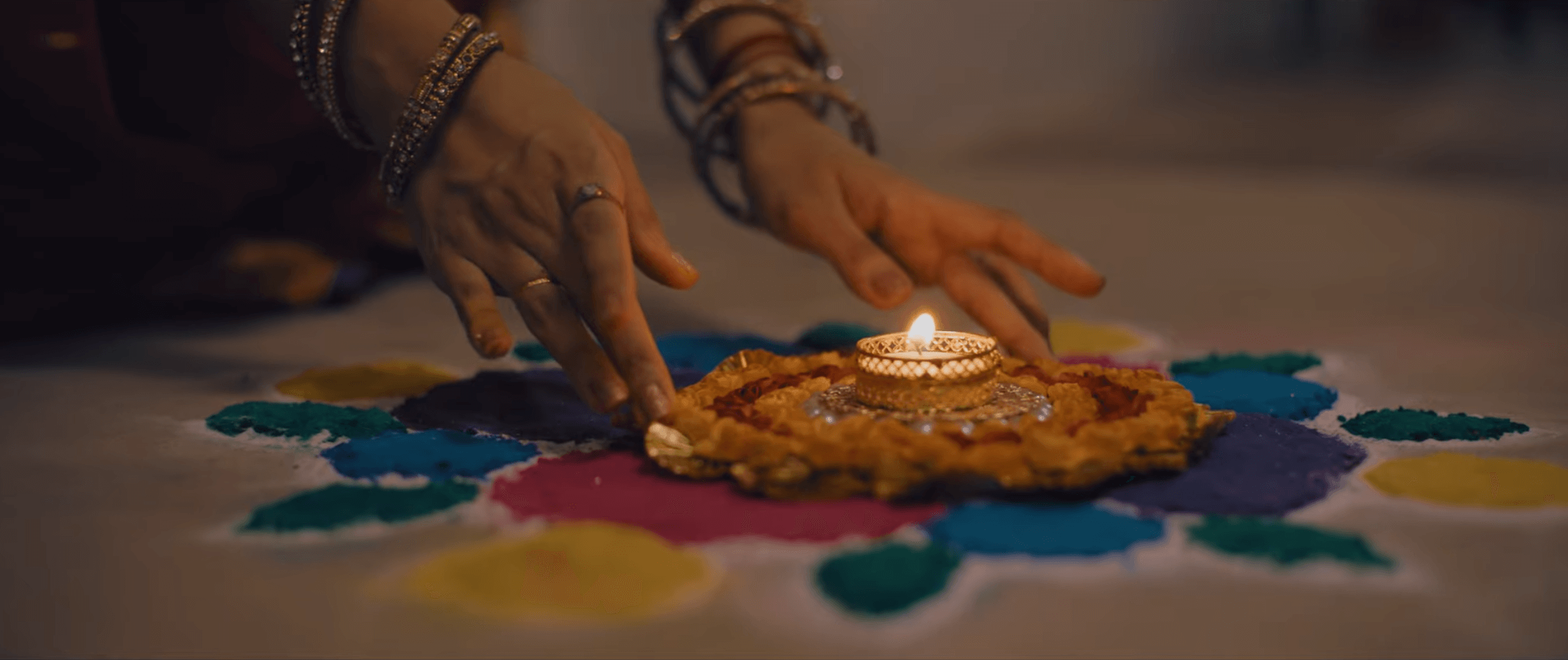
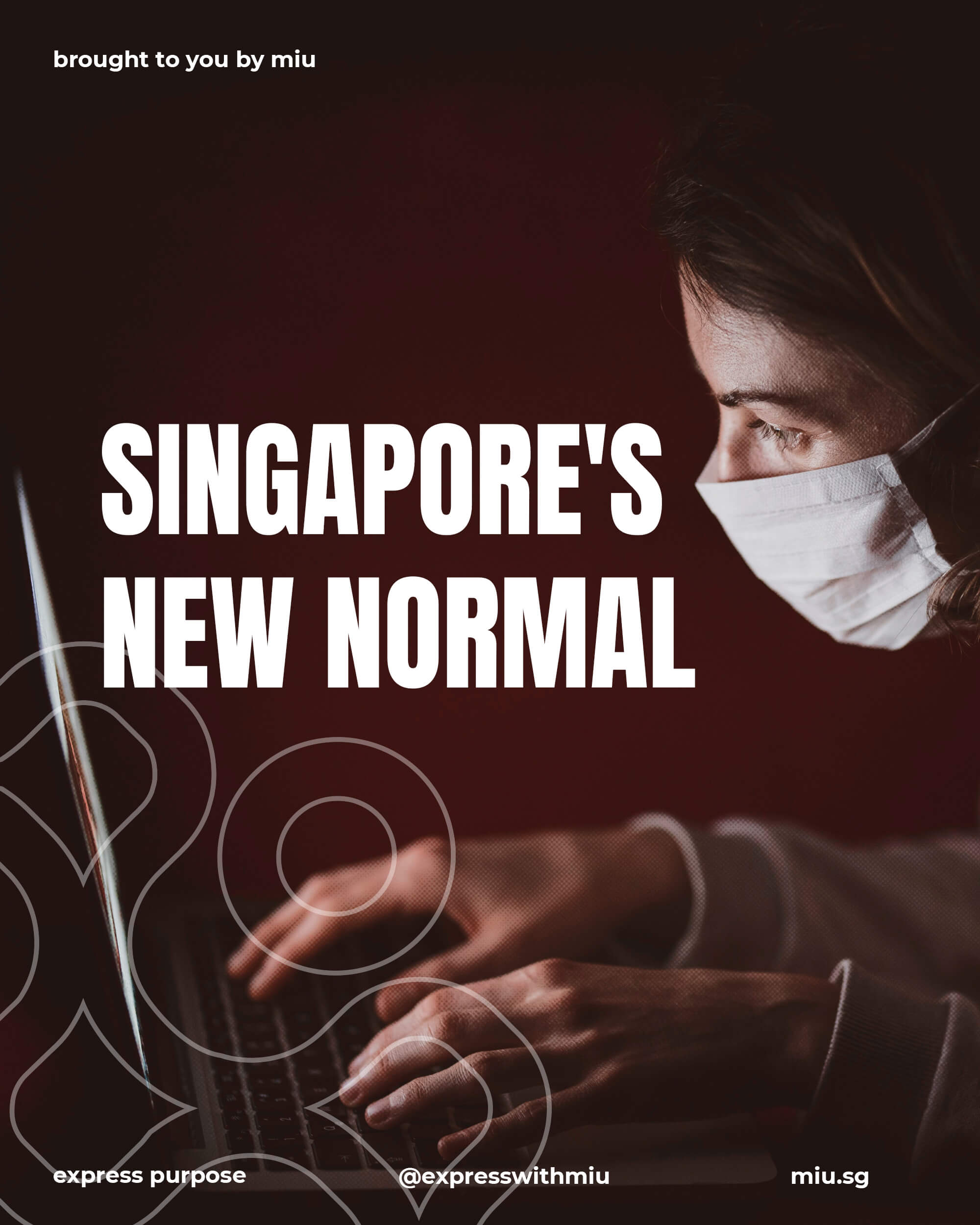

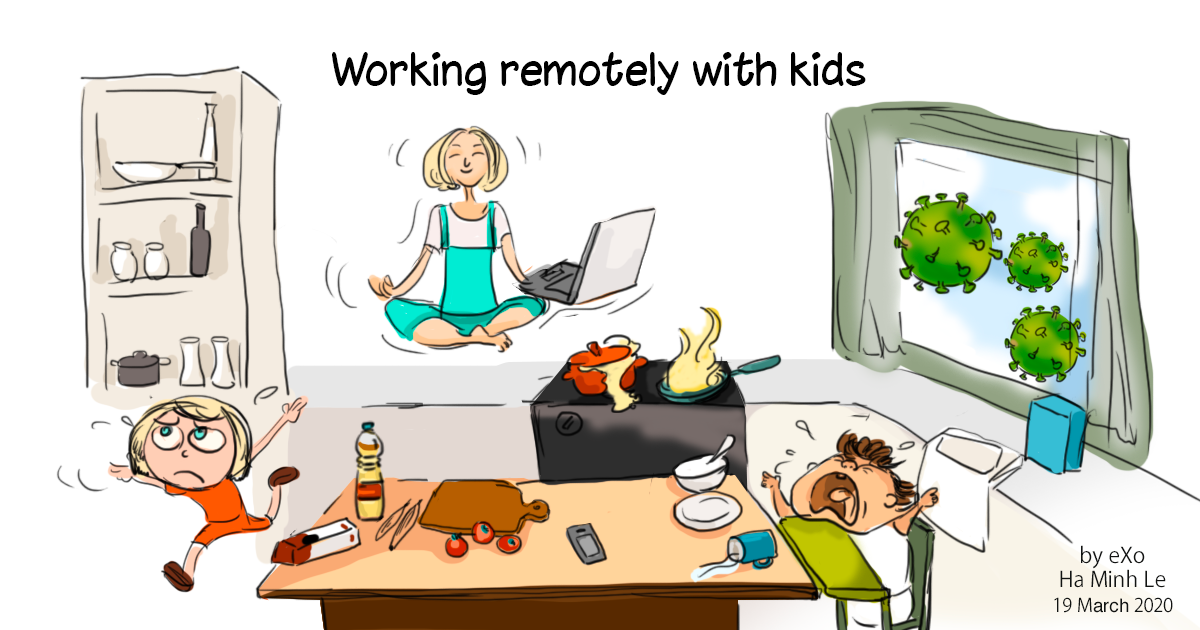




 Branding
Branding Digital Strategy
Digital Strategy PR & Communications
PR & Communications